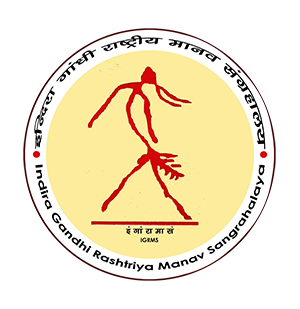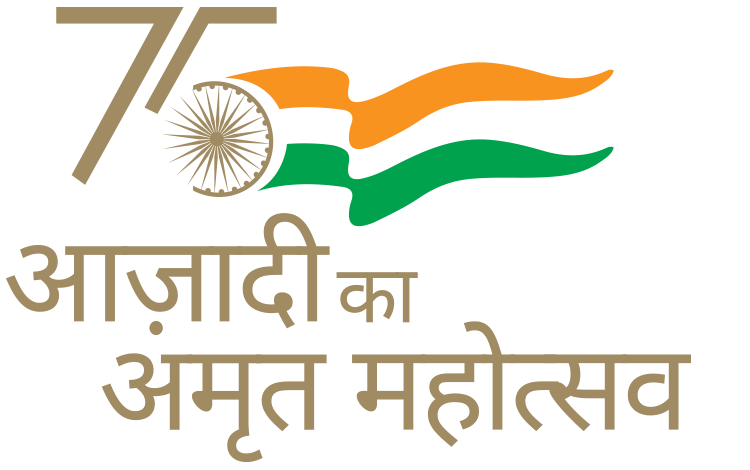सप्ताह का प्रादर्श-139
(26 जनवरी से 01 फ़रवरी 2023 तक)
मसलंद मदुर
एक अच्छी गुणवत्ता वाली हस्तनिर्मित चटाई

मसलंद मदुर एक अच्छी गुणवत्ता वाली हस्तनिर्मित चटाई है जिसे पश्चिम बंगाल के पूर्व और पश्चिम मेदिनीपुर जिलों के कारीगरों द्वारा जटिल कलात्मक कौशल के साथ मदुर काठी नामक सरकंडे से बुना जाता है। मदुर काठी इन जिलों के जलोढ़ भूभागों में प्रचुर मात्रा में पाया जाने वाला एक पौधा है। मसलंद चटाई का नाम फारसी शब्द “मसनद” से लिया गया है जिसका अर्थ है सिंहासन। ऐतिहासिक रूप से मेदिनीपुर जिले में शाही संरक्षण में मसलंद चटाई का उत्पादन किया जाता था और जागीरदारी प्रणाली में राजस्व के रूप में एकत्र किया जाता था। यह चटाईयां तीन प्रकार की होती हैं, एक-रोखा चटाई इकहरी और बहुत हल्की तथा पतली होती है। दो-रोखा एक दोहरी चटाई है जो भारी और मोटी होती है तथा अधिक आरामदायक और सुविधाजनक होती है। तीसरा प्रकार मसलंद चटाई है जो सजावटी प्रतिमानों से भरी होती है। इसे बुनने के लिए दो बुनकरों की आवश्यकता होती है। बेहतरीन तिनकों, ताने के धागों की संख्या और रूपांकनों की जटिलता के आधार पर बुनाई को पूरा करने में दो सप्ताह से तीन महीने तक का समय लग सकता है। रंगने के लिए प्राकृतिक रंगों का उपयोग किया जाता है।
चटाई ग्रामीण बंगाल के सामाजिक ताने-बाने का एक अभिन्न हिस्सा हैं। मदुर काठी चटाइयों का इस्तेमाल बैठने के साथ-साथ बिस्तर के रूप में भी किया जाता है। यह चटाई ताप रोधी और पसीने को अवशोषित करने वाली होती है इसलिए गर्म और आर्द्र जलवायु वाले पश्चिम बंगाल के हर घर में यह आवश्यक रूप से मिलती है। साथ ही इन चटाइयों का उपयोग धार्मिक कार्यों में भी किया जाता है।
आरोहण क्रमांक 2005-1209
स्थानीय नाम – मसलंद मदुर
समुदाय- लोक
स्थान- मेदिनीपुर, पश्चिम बंगाल
Exhibit of the week- 139
(26th January to 01st February 2023)
Masland Madur
A fine quality handmade mat
The Masland Madur is a fine quality handmade mat. The artisans of Purba and Paschim Medinipur districts of West Bengal are specialised in the skill of this intricate craftsmanship. It is woven from a reed called Madur Kathi, a plant found abundantly in the alluvial tracks of Purba and Paschim Medinipur districts. The term Masland is derived from the Persian word Masnad, which means throne. Historically, Masland mats were produced in Medinipur under royal patronage and collected as a form of revenue under the Jaigirdari system. There are three types of mat known as Ek-rokha, a single & very light, thin mat. Do-rokha, a double mat, is heavier and thicker than other mats, providing additional comfort and convenience. Third type is masland mat which is adorned with decorative patterns. At least two weavers are required to weave the mat. The weaving process can take about two weeks to three months, depending upon the fineness of the sticks, the number of warp threads, and the complexity of the design. The colors used for dyeing are natural colors.
Mats are an integral part of the social fabric of rural Bengal. The Madur Kathi mat is used to sit on as well as for bedding. In West Bengal’s hot and humid climate, mats are one of the most popular household items because of their non-conductive and sweat-absorbing properties. Moreover, these mats are also used for religious ceremonies and social events.
Acc. No. 2005- 1209
Local Name – Masland Madur
Community- Folk
Locality- Medinipur, West Bengal

#maslandmadur #mat #masnad #folk #medinipur #westbengal #igrms #museumfromhome #objectoftheweek #ethnograhicobject #museumobject #museumofman #museumofmankind #museumofhumankind #experienceigrms #igrmsstories #staysafe



